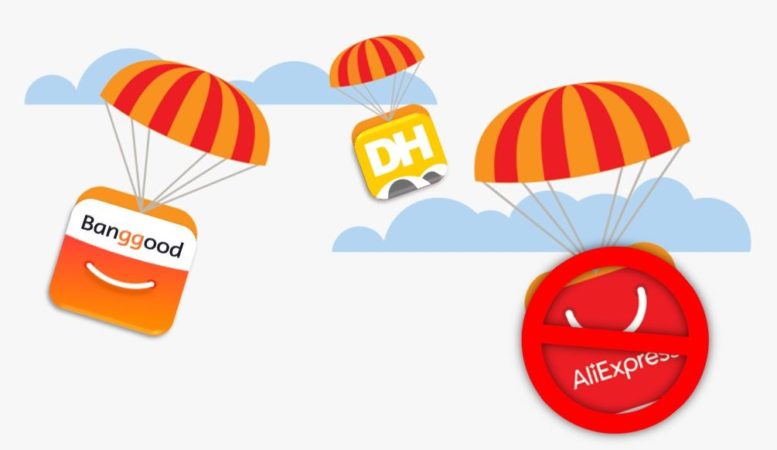Today’s society is characterized by advanced technologies that have influenced different sectors, including education. Modern technologies have provided educators with powerful resources to enhance collaboration, facilitate processes, and hence enhance students’ outcomes. From applications that support teachers in managing a classroom to tools that allow students and professors to interact, let’s delve into how software is revolutionalizing education.
Maximizing Efficiency with Classroom Management Software
Classroom management software has emerged as a game-changer for educators, offering a comprehensive suite of tools to streamline administrative tasks and optimize classroom workflows. With tools like grade book management, communication portals, and attendance monitoring, instructors can effectively run their classes and maintain organization throughout the school year. To maximize efficiency and productivity in the classroom, classroom management software automates regular chores and provides real-time insights into student performance. This frees up educators to spend more time on teaching and less on paperwork.
Fostering Collaboration Through Learning Management Systems
Another digital innovation that is transforming education is learning management systems (LMS), which encourage interaction and cooperation between instructors and students. These platforms provide a single location for dispersing course materials, encouraging dialogue, and overseeing homework and tests. With features like online grading tools, discussion boards, and multimedia material integration, learning management systems (LMS) enable teachers to design dynamic, interesting lessons that meet the requirements of a wide range of students. Learning Management System (LMS) platforms provide a dynamic and inclusive learning environment that motivates student engagement and accomplishment by encouraging collaboration and communication inside and beyond the classroom.
Enhancing Student Engagement with Interactive Educational Software
Students can actively connect with course contents and ideas in a meaningful manner by using interactive educational software, which provides a hands-on approach to learning. Students can explore, experiment, and solve problems in a secure and encouraging environment with the help of these software solutions, which range from interactive simulations and virtual laboratories to gamified learning experiences. Interactive educational software enhances students’ learning experience by promoting greater knowledge and retention of essential ideas via the integration of interaction, customization, and feedback components. Interactive educational software may completely change the way students learn and engage with course content, whether it is utilized as the main method of teaching or as a complement to it.
Personalizing Learning Experiences Through Adaptive Learning Platforms
Personalized learning experiences that cater to the requirements, interests, and learning speed of each student are made possible by adaptive learning platforms, which use technology. These systems dynamically modify course contents, activities, and assessments depending on student data and performance indicators, offering tailored assistance and challenges according to each student’s areas of strength and improvement. Personalized learning pathways, intelligent tutoring systems, or adaptable algorithms are just a few of the ways that adaptive learning platforms enable teachers to address the unique requirements of their students and make sure that every learner has the chance to succeed. Adaptive learning platforms provide an encouraging learning atmosphere that encourages academic success and progress for all students by offering tailored feedback and assistance.
Empowering Educators with Data Analytics and Insights
Education is being revolutionized by data analytics software, which gives teachers insightful information on student performance, engagement, and learning advancement. To help them make informed decisions about education, educators may find patterns, trends, and areas for improvement by gathering and evaluating data from a variety of sources, including assessments, student interactions, and demographic data. Data analytics software enables educators to make data-driven choices that maximize teaching and learning results, whether through dashboards, reports, or predictive analytics. Teachers may adapt teaching, interventions, and support services to fit the various needs of their students and promote ongoing progress in educational outcomes by using actionable insights from data analytics.
Embracing Virtual Reality and Augmented Reality in Education
Virtual reality (VR) and augmented reality (AR) are revolutionizing education by providing immersive and interactive learning experiences that transcend the boundaries of traditional classrooms. Virtual reality (VR) and augmented reality (AR) technology have many opportunities for engaging pupils and bringing learning to life, from simulated field excursions and lessons to augmented reality textbooks and educational games. VR and AR improve student engagement, retention, and comprehension of difficult subjects by taking them to virtual surroundings and letting them interact with digital information in three dimensions. Virtual reality and augmented reality (VR and AR) technologies have the power to revolutionize education and open up new avenues for learning and exploration, whether they are used to investigate remote locations, examine virtual specimens, or work together with peers in virtual settings.
Conclusion
In conclusion, software is reshaping the landscape of education by providing educators with powerful tools to streamline processes, enhance collaboration, and improve student learning outcomes. From classroom management software to interactive educational platforms, the possibilities for innovation and transformation are endless. By embracing these technologies and leveraging their capabilities to create dynamic and engaging learning experiences, educators can empower students to succeed in the digital age and beyond.














